Why choose women's clothing from Tencel?
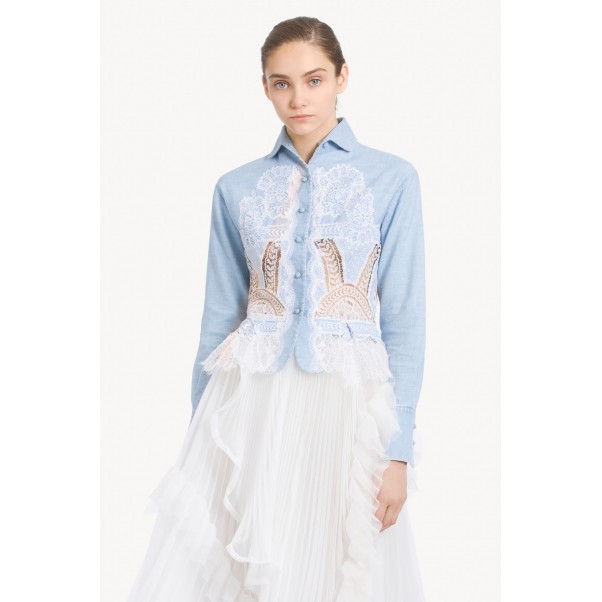
What is Tencel?
The tencel material, whose alternative name is lyocell, is a resistant tissue that is extracted from wood pulp. Tencel fabric to the touch resembles viscose or bamboo, but without the environmental negatives of these fabrics.
It keeps cooler than linen, is more absorbent than cotton and is softer than silk.
Unlike viscose and bamboo, the tensal supply chain is transparent. It is obtained from trees that are grown on controlled farms - do not use endangered valuable and rare plant forests, genetic modification or pesticides. These forests and the pulp produced for tencel have been certified that the products come from socially and environmentally controlled forests. The European program for the approval of forest certification also supports Tenssel's agricultural practices as sustainable.
Tencel has some advantages over traditional fabrics. The production of which generates highly polluting emissions of air and water and uses pollutants containing cobalt or manganese. Silk treatment causes a strong, unpleasant odor.
The treatment of Tencel fabrics is environmentally friendly
The wood pulp used for the production of tencel is processed in a special process in which non-toxic organic solvents are recycled with a recovery rate of 99.5% and no bleaching is required. The small amount of residual emissions is decomposed into biological treatment containers. The fabric production process was awarded by the European Union with the European Environment Prize.
The fabric has an Oeko Tex 100 certificate, which is an international standard developed in 1992 to certify that it does not contain harmful substances. The original patented TENCEL® technology has also received the European Community Award for products and services with reduced environmental impact.
Tencel clothes for women are extremely comfortable and elastic. They provide convenience and comfort in the summer. They are very comfortable on hot days and can be easily combined with other clothes
Tencel fibers are made by yarn weaving technology and then woven into a fabric that is soft, absorbent, very strong when wet or dry, wrinkle-resistant and opaque. Tencel gives these qualities to the tissues with which it mixes. It is often mixed with natural fabrics such as linen, cotton and wool.

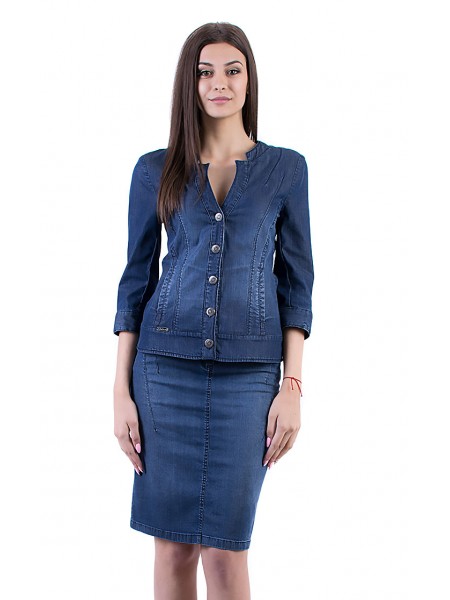
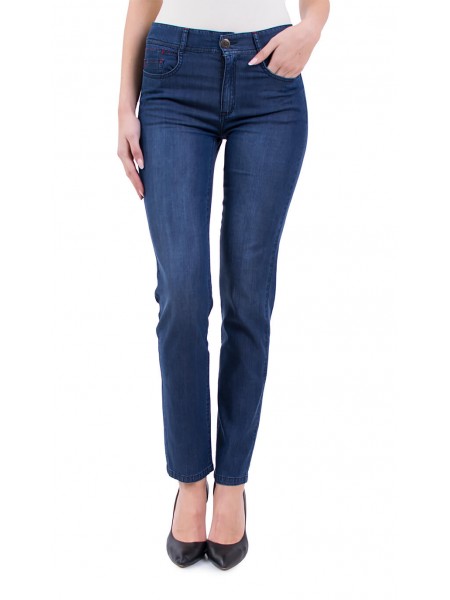
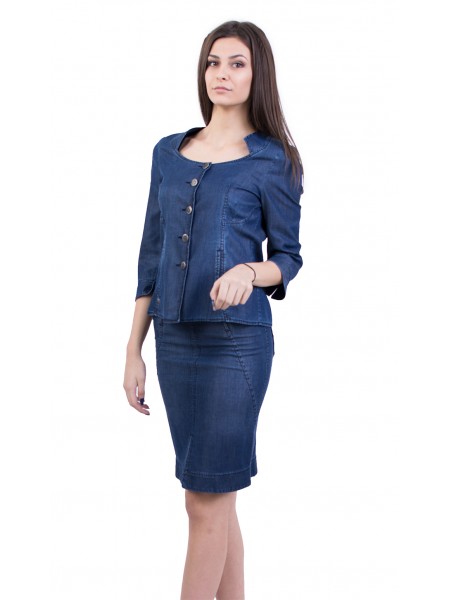
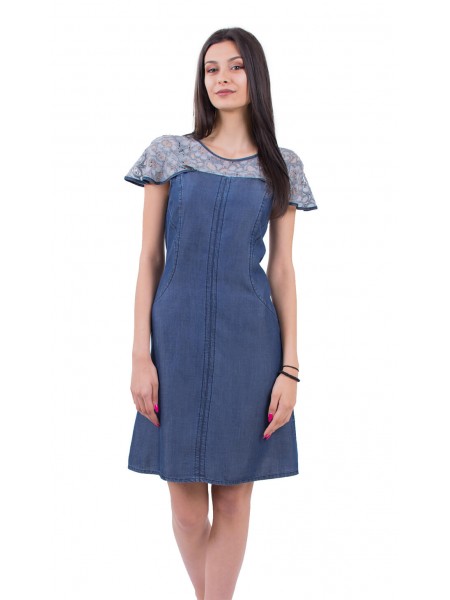
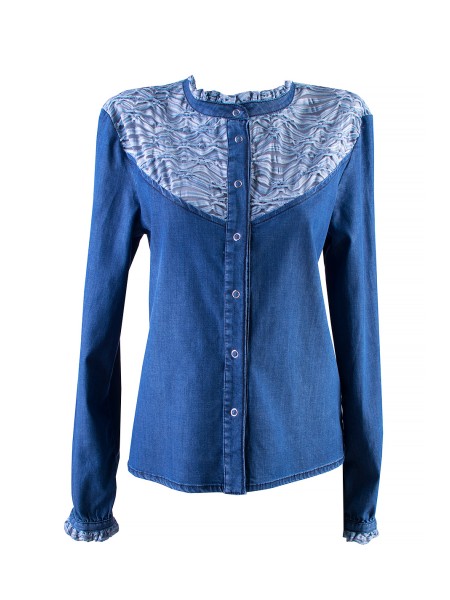
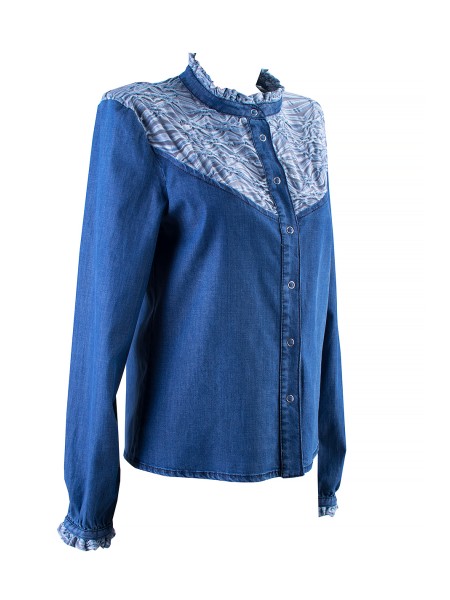
Leave a Comment